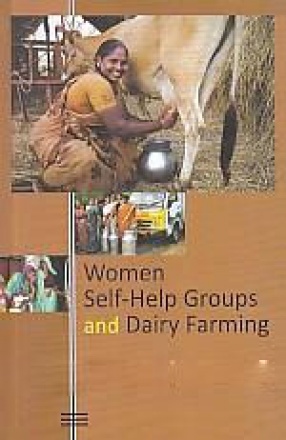
V.M. Rao

Showing all 10 books

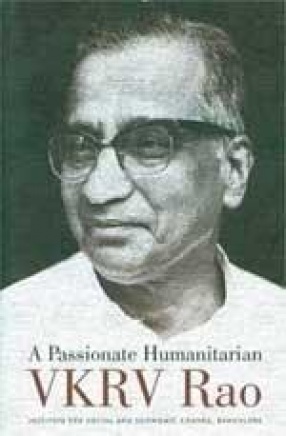

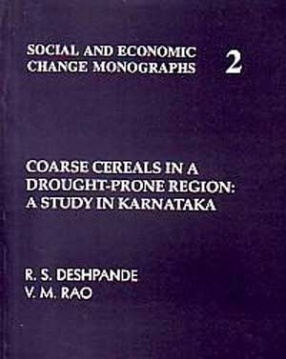
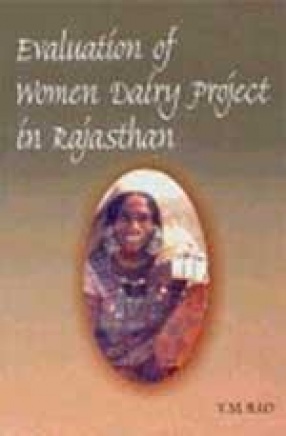
Cattle rearing and dairying are vocations that have been traditionally centred around women, with the latter, estimated to account for as much as 85% of India’s animal husbandry. On an average, a woman with a milch animal spends more than two-and a half hours daily in its feeding, watering, cleaning, milking, and grazing. Often the responsibility of children under their mother’s keen supervision, consumes additional time and ...

The present Arunachal Pradesh is a conglomeration of 25 tribes and over 100 sub-tribes. For a variety of historical and cultural reasons, they were kept out of the mainstream for centuries together resulting in a primitive economy of the region. Topography and climate too contributed their share to keep them aloof. Though the society is patriarchal, women are the major bread winners. Except in policy making, they have considerable freedom in their day-to-day ...
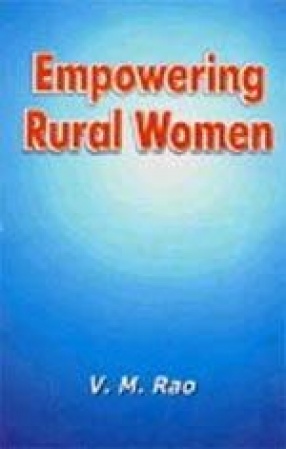
Women represent half the world’s human resources. Though women perform different roles , women continue to be mainly responsible for ‘care economy’. his study makes an attempt to understand the nature and impact of STEP programme on women and to draw lessons for future policy exercises. The specific objectives of the study are: (1) to study performance of ‘all women dairy cooperative societies’ (WDCSs) in different agro-climatic regions; (2) to ...

Realizing the low status of women, Government of India made number of interventions for their socio-economic emancipation. Support to training and employment for women (STEP) is one among them, and Development of Women and Child Development, Minister of Human Resource Development, Government of India has been implementing the scheme since 1986-87. Women dairy project (WDP) is one of the components of STEP, and a holistic program in which various sub-systems are ...

The study is based on data collected from 64 WDCSs and 320 women members drawn from six milk sheds of Orissa. Initially women were discouraged to enter a democratic organization like WDCS (men's power is at stake and that is going to be questioned in future!). Women, slowly but steadily, realised the importance of coming together and expressed solidarity. Soon after starting WDCS, local cows were replaced by high yielding crossbreds. Assured milk marketing, ...
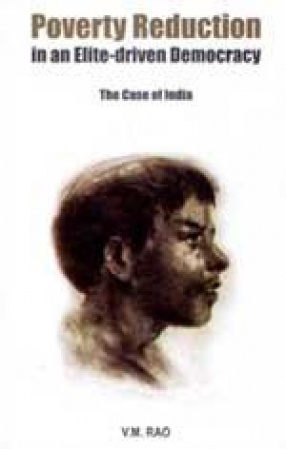
This book brings out the constraints in the anti-poverty policies in India that result from the elite-driven feature of its democracy. Using a three- phase conceptual framework, the author argues that India has still not moved beyond modest achievements in alleviating hardcore poverty. In the first Part the book discusses how Human Development Indices remain very low and empowerment of the poor has not been institutionalized even at the lowest level of village ...

Women in tribal society are integral part and have equal status with their men. With domestic activities, they perform many other activities contributing towards general well-being of their families. However, due to seclusion from general masses, they remained backward in certain respects. In order to bring them closer to modern world, government framed and implemented many programmes for their development. But due to illiteracy, economic backwardness and lack of ...

This volume contains 31 reminiscences by colleagues, friends and kin who were associated with the late V.K.R.V. Rao during his life-time, particularly in his life-long mission to nurture social science in the country and build centres of excellence in social science research. It is a tribute to his memory on the occasion of his centenary and focuses mainly on the third and final Institution, Institute for Social and Economic Change, Bangalore that Prof. Rao ...
